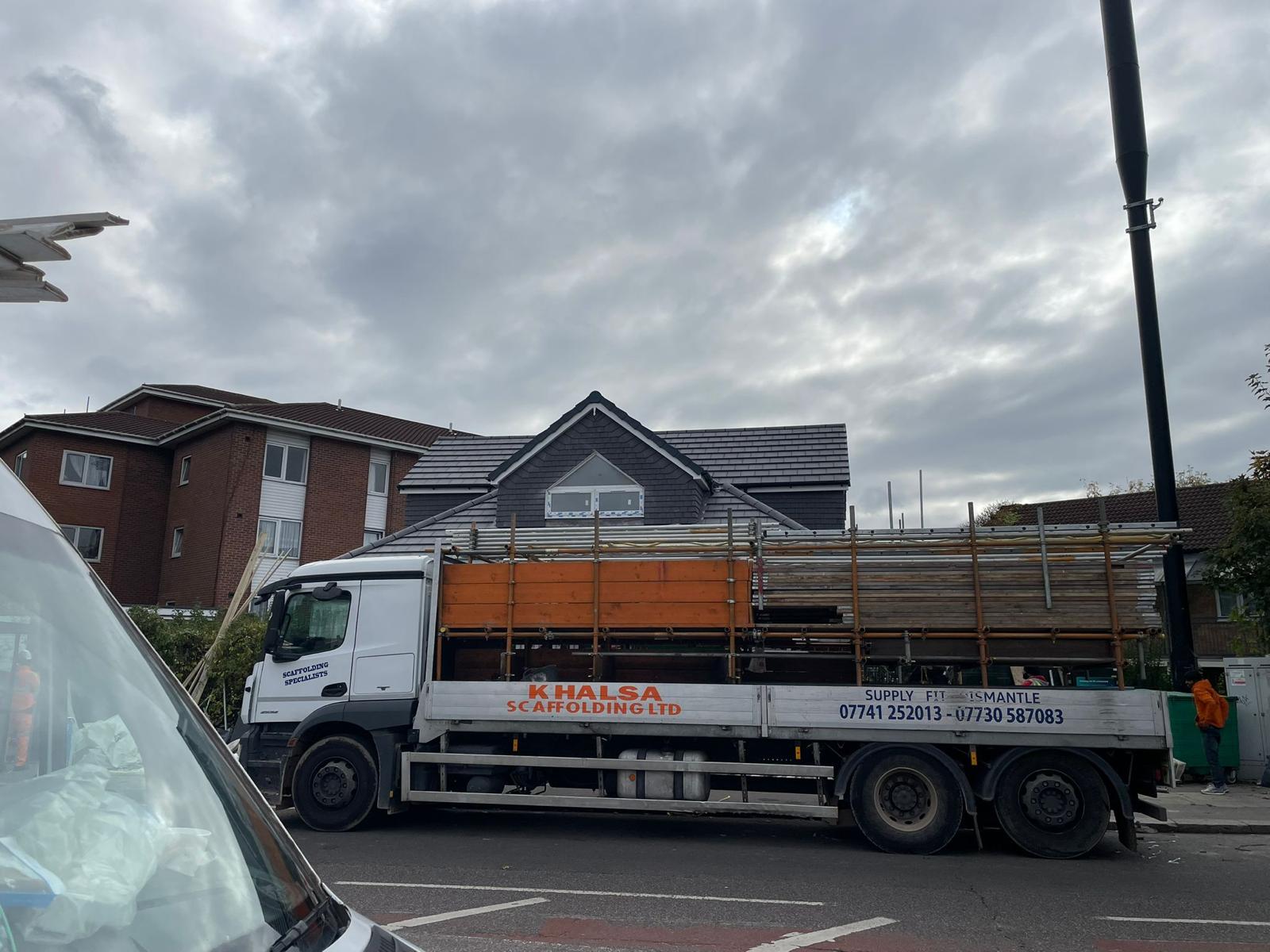
"Smart Home Design & Planning Tips for a Functional Living Space"
Introduction:
A well-designed home balances aesthetics and functionality. Whether you're building from scratch or renovating, thoughtful planning helps avoid common layout issues, maximizes space, and enhances daily life. Let’s explore key principles and practical tips for designing and planning a home that’s both beautiful and brilliantly functional.
1. Understand Your Lifestyle First
Every great design starts with YOU.
Before sketching layouts or choosing colors, assess your lifestyle:
Do you host guests often?
Do you work from home?
Need play areas for kids or quiet zones?
Let your daily routine guide your space planning.
2. Prioritize Flow and Functionality
A beautiful home isn’t useful if it’s inconvenient to live in.
Ensure open access between living, dining, and kitchen areas.
Avoid placing bathrooms next to kitchens.
Keep storage close to where it's needed (e.g., laundry, pantry).
Think: Is the space easy to move through?
3. Plan for Natural Light
Natural light instantly lifts a space.
Orient living areas toward sunlight (east for morning light, west for evening glow).
Use large windows, skylights, or glass doors.
Add mirrors to reflect and spread light.
4. Design With Flexibility in Mind
Needs change. Your space should too.
Create multipurpose rooms (e.g., a guest room + home office).
Use movable partitions or sliding doors for flexible layouts.
Choose furniture that can serve dual purposes (like storage beds or fold-out desks).
5. Think Long-Term Storage
Nothing ruins a space like clutter.
Plan built-in storage during the design phase.
Add floor-to-ceiling cupboards or under-stair drawers.
Don’t forget smart kitchen, bathroom, and entryway storage!
6. Keep Consistency in Style and Theme
While mixing trends is fun, a cohesive design is calming and timeless.
Choose a color palette and stick to it.
Match finishes (wood, metals) across rooms.
Carry design motifs like arches, trims, or flooring patterns throughout the home.
7. Budget for Design, Not Just Construction
People often focus on structure and skip investing in design.
Tip: Hire an architect or interior designer—even for a few hours. Their advice can prevent costly layout mistakes.
8. Allow for Future Technology
Today’s homes should be smart-home ready.
Plan spaces for routers, speakers, and smart lighting.
Install conduits for future cable runs and appliances.
Conclusion:
Designing and planning a home is more than picking paint colors—it’s about creating a space that fits your life, supports your habits, and adapts to your future. With smart planning, your home can be both stunning and supremely functional for years to come.






